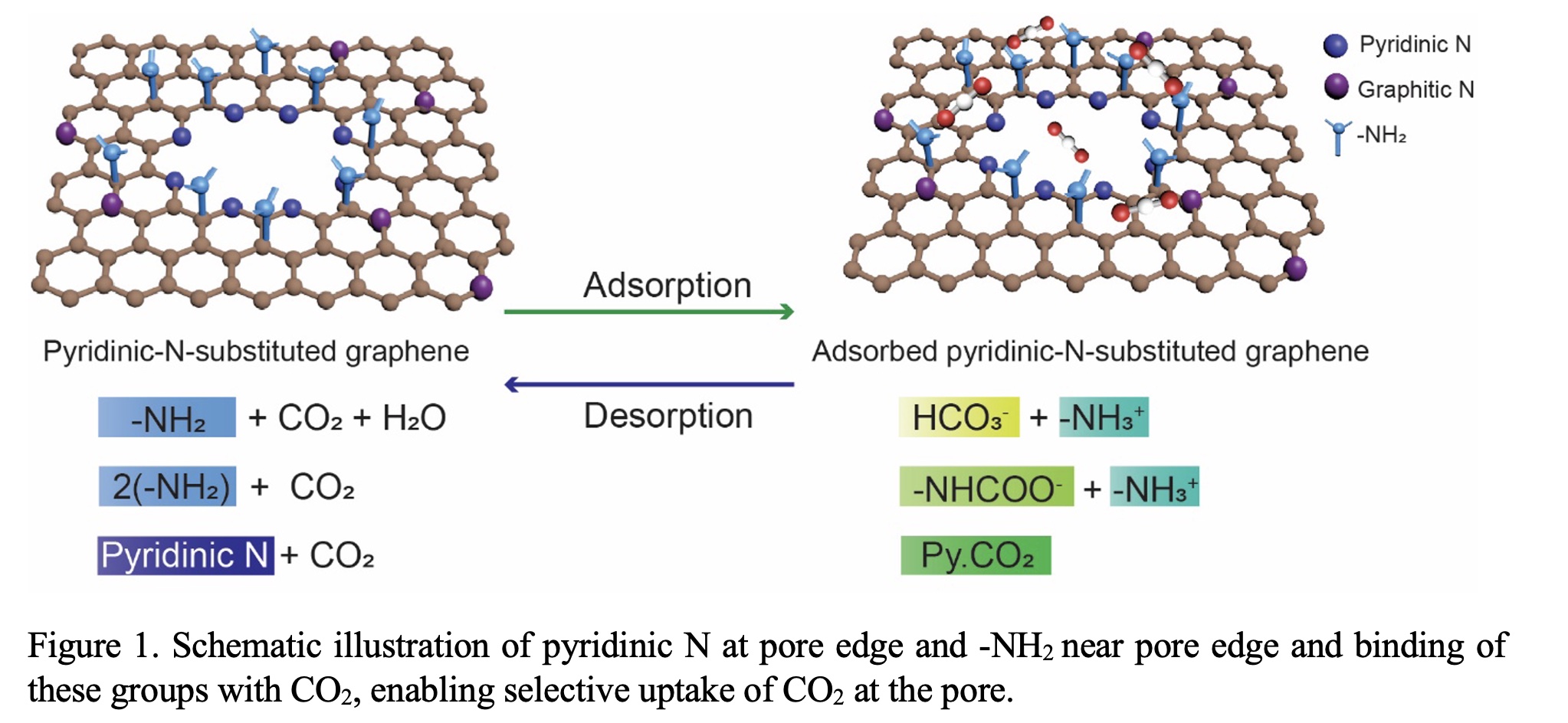(397f) Pyridinic Nitrogen Substituted Two-Dimensional Pores for Rapid and Selective CO2 Transport from Graphene Membrane
AIChE Annual Meeting
2023
2023 AIChE Annual Meeting
Separations Division
Inorganic and CMS Membranes for Gas and Vapor Separation
Thursday, November 9, 2023 - 9:45am to 10:06am
2D films hosting tailor-made pores have the potential to achieve high-performance membrane-based molecular separation, and can mimic rapid and selective transport from the biological systems.[1] Porous single-layer graphene is an ideal 2D film for this purpose because the atom-thick pores in graphene minimize diffusional resistance for molecular transport.[2] While 2D pores in graphene are ideally suited for ambitious high-performance carbon capture, a longstanding challenge in achieving this arises from difficulties in tightly controlling the pore size distribution in a scalable manner. In this presentation, I will show a strategy for improving the tolerance with respect to pore size distribution by increasing the binding affinity of CO2 with the pore.[3] This comprises of heteroatomic doping of the pore edge with pyridinic N to promote competitive CO2 uptake via electrostatic interactions (Figure. 1).[4] Pyridinic N has been reported to complex with CO2 driven by the Lewis acid-base interaction which involves a donation of electron charge from N (Lewis base) to CO2.[5] N at the pore edge was placed by reducing oxidized graphene film by NH3 where a spontaneous N-H dissociation has been predicted to promote N doping in the lattice. The incorporation of pyridinic N is confirmed by the emergence of N1s peak in the high-resolution X-ray photoelectron spectroscopy (XPS). Spontaneous but reversible uptake of atmospheric CO2, in the form of complexed product, is observed. This is also corroborated by imaging pores using low-temperature scanning tunneling microscopy (LTSTM) where pores appear occupied and empty upon adsorption and desorption cycle, respectively. The high- affinity results in a high loading even from a dilute CO2 feed which led to the realization of high CO2 permeance (14190±1880 GPU) combined with a high CO2/N2 selectivity (43.7±7.5).
References
- Epsztein, R., DuChanois, R. M., Ritt, C. L., Noy, A. & Elimelech, M. Towards single-species selectivity of membranes with subnanometre pores. Nanotechnol. 15, 426–436 (2020).
- Villalobos, L. F.; Babu, D. J.; Hsu, K.; Van Goethem, C.; Agrawal, K. V. Gas Separation Membranes with Atom-Thick Nanopores: The Potential of Nanoporous Single-Layer Graphene. Accounts Mater. Res. 3 (10), 1073–1087 (2022).
- Hsu, K.; Li, S.; Micari, M.; Chi, H.; Zhong, L.; Francisco, L.; Huang, S.; Duan, X.; Züttel, A.; Agrawal, K. V. Pyridinic Nitrogen Substituted Two-Dimensional Pores for Rapid and Selective CO2 Transport. Submitted. Under review.
- Luan, B. et al. Crown Nanopores in Graphene for CO2 Capture and Filtration. ACS Nano 16, 6274–6281 (2022).
- Lim, G., Lee, K. B. & Ham, H. C. Effect of N-Containing Functional Groups on CO2 Adsorption of Carbonaceous Materials: A Density Functional Theory Approach. Phys. Chem. C 120, 8087–8095 (2016).

